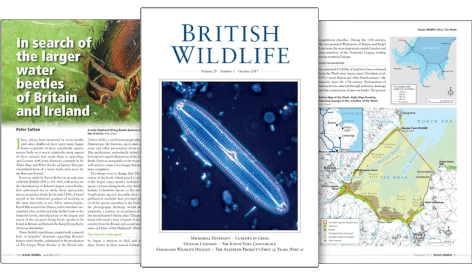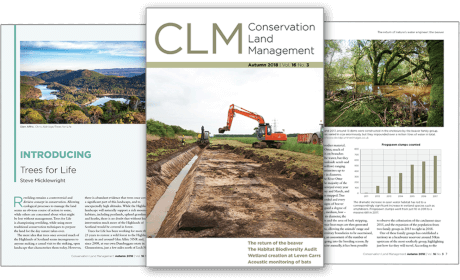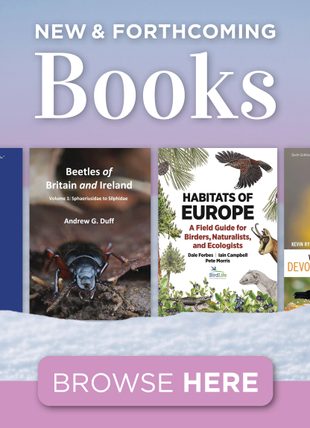About this book
The edited volume deals with the origin, evolution, genetic diversity, commercial, and cultural aspects of selected tree species such as Rubber, Pine, Poplar, Almond, Cashew, Teak, Olive, Eucalyptus, Mango, Jack, Fig, Sandalwood and Ashoka. It covers major aspects of the altered gene pool of each tree species, its impact on biodiversity, the current scenario, and the strategies to protect and conserve the wild progenitors of these trees.
Human interventions in the evolution and development of these economically important trees began at least four thousand years ago. Over these years, significant improvements in the traits of economic value were achieved for most of these tree species. However, the long history of domestication and the selective breeding pressure applied to their wild progenitors accelerated the loss of biodiversity, resulting in reduced genetic diversity and shrunken germplasm resources of these domesticated species. The book portrays the novel dimensions of the propitiousness of tree domestication and the interesting history behind it, which is interlaced with the development of civilisations, religions, local traditions, medicine and cuisine.
This book is of interest to teachers, researchers, biodiversity experts, and policymakers. It can be used as additional reading material for undergraduate and graduate students of forestry, ecology, genetics, and environmental sciences. The book also serves as an interesting and useful read for national and international agricultural scientists, as well as historians and the general public.
Contents
Part I: Edible Oil, Industrial Raw Materials and Timber Trees.
1. Natural rubber (Hevea brasiliensis): Origin, History, Domestication and Cultivar improvement.
2. Olive, A Monumental Tree; Multidimensional Perspective From Origin To Sustainability.
3. Eucalyptus: Taxonomy, Geographic distribution, Domestication, Breeding, Ecology and Economic Importance.
4. Pine Species with Edible Kernels: Origin, Evolution and Genetic Diversity.
5. The Timeless Legacy of Teak: Unveiling its History, Importance and Enduring Relevance.
6. Scientific Substantiation of the Technology of Poplar Plantation Cultivation in South-east of Kazakhstan.
Part II: Fruit and Nut Trees
7. The World of Figs: An Overview
8. Mango - The King of the Tropics
9. Genealogy and Cultural Heritage of Jackfruit, The Moraceae Giant.
10. Almond: Origin, Genetic Diversity and Evolution
11. Cashew- History, Evolutionary Origin, Genetic Resources, Improvement and Advances in Breeding
Part III: Trees in Culture and Religion
12. Saraca asoca (Roxb.) Willd.:From Vulnerability to Sustainability
13. Significance of Indian Sandalwood in Indian Culture and Tradition
Customer Reviews
Biography
Dr Thomas K. Uthup is a senior molecular biologist with more than 20 years of research experience in plant genetics & genetic engineering, genomics, epigenetics and microbial genetics. Before joining the Rubber Research Institute of India, he worked in the biotechnology Industry under Merck Biosciences for a short stint. He holds a PhD and M.Sc. in Plant Molecular Biology & Biotechnology from the University of Kerala, Thiruvananthapuram, India. Dr Uthup has conducted extensive studies on the genomics and genetics of the natural rubber-producing tree Hevea brasiliensis. Some of his research achievements include establishing the role of DNA methylation in regulating functional genes in rubber, revealing epigenetic divergence of rubber clones under stress, identifying SNPs associated with latex biosynthesis, and decoding the whole genome of Hevea, etc. He has been honoured with the prestigious Promising Young Scientist award by the International Rubber Research and Development Board, Malaysia, and has received best paper awards at international conferences. He is a fellow of the Epigenetic Society and Indian Society of Agricultural Biochemists. He is also an editorial board member of reputed journals and an active reviewer of renowned international journals. Dr. Uthup has also served as a Visiting Scientist at the Department of Plant and Microbial Biology, University of California, Berkeley and the USDA Western Region centre at Albany, USA. He has several high-impact peer-reviewed international publications in the field of plant genetics and epigenetics that highlight his accomplishments.
Dr Rekha Karumamkandathil is a senior researcher at the Rubber Research Institute of India with 28 years of experience in the field of Plant breeding, Cytogenetics, Tissue culture and Genetic engineering. She is a post-graduate in Agriculture with specialisation in Plant breeding and Genetics from Kerala Agricultural University, with a PhD in Biotechnology from Mahatma Gandhi University, Kerala. She has undergone short-term training at UC Davis, California, in genetic transformation and regeneration. Her major contributions include the development of genetically modified (GM) rubber for stress tolerance, in vitro systems for embryo rescue and the induction of zygotic polyembryony in rubber tree. Currently, the focus of her research is on CRISPR-Cas9-mediated gene editing. She is a fellow of the Society of Plant Biochemistry and Molecular Biology and serves as the DBT Nominee of the Institutional Biosafety Committee (IBSC) of Kerala Agricultural University. She has to her credit more than 30 peer-reviewed research publications in international and national journals, eight book chapters, three review articles and six best paper awards. She also serves as a reviewer and editorial board member of journals of international repute.







































